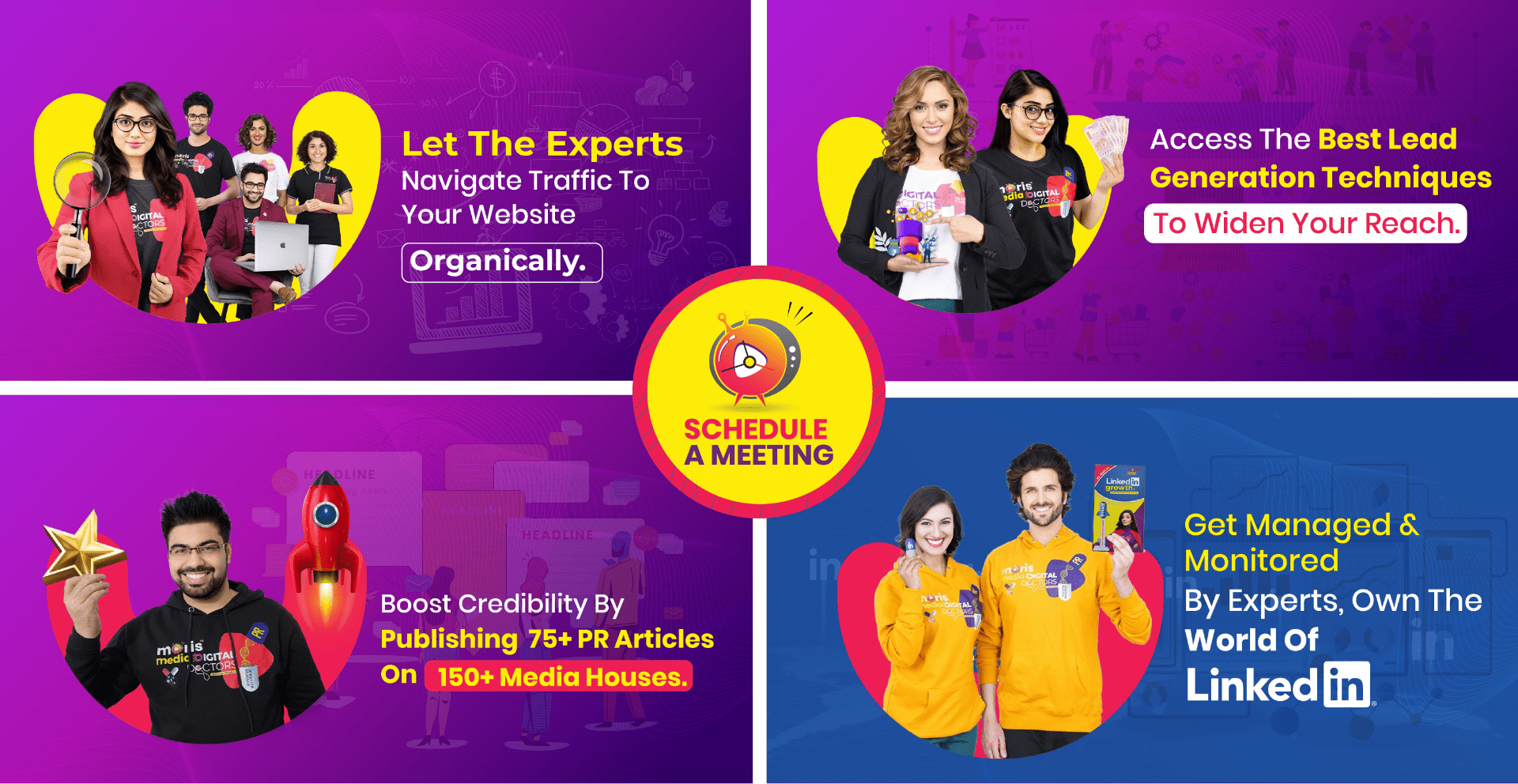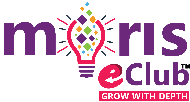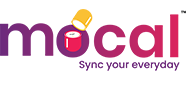Frequently Asked Questions
A cost-per-action (CPA) payment model is a type of affiliate marketing payment model in which an advertiser pays an affiliate a commission for a specific action, such as a sale, lead, or other desired outcome, as defined in the affiliate agreement.
In a CPA model, the advertiser sets a specific goal or action that they want the affiliate to generate, and agrees to pay the affiliate a fixed fee or a percentage of the sale or lead when that action is completed. For example, the advertiser may offer a 15% commission for every sale that is made through the affiliate's promotion efforts.
The advantage of the CPA model is that it provides a clear incentive for affiliates to focus on generating the desired action, rather than just driving clicks or impressions. This can result in higher-quality traffic and conversions for the advertiser, as well as a more profitable partnership for the affiliate. However, the CPA model may not be suitable for all types of offers, and the advertiser may need to carefully track and monitor the performance of the affiliate to ensure that the desired actions are being generated at a reasonable cost.
A cost-per-click (CPC) payment model is a type of affiliate marketing payment model in which an advertiser pays an affiliate a commission for every click that is generated on the affiliate's promotion, regardless of whether or not a sale is made.
In a CPC model, the advertiser sets a specific amount that they are willing to pay for each click that is generated by the affiliate's promotion efforts. For example, the advertiser may offer a 1% commission for every click that is generated on the affiliate's promotion.
The advantage of the CPC model is that it provides a clear incentive for affiliates to drive traffic to the advertiser's website, as they will be compensated for each click that is generated. This can help increase the overall traffic and visibility of the advertiser's website, which can result in higher sales or leads over time.
However, the CPC model may not be suitable for all types of offers, and the advertiser may need to carefully track and monitor the performance of the affiliate to ensure that the clicks being generated are of high quality and are resulting in a reasonable cost per acquisition.
A cost-per-impression (CPM) payment model is a type of affiliate marketing payment model in which an advertiser pays an affiliate a commission for every thousand impressions of their promotion, regardless of whether or not a sale or click is made.
In a CPM model, the advertiser sets a specific amount that they are willing to pay for every thousand impressions of the affiliate's promotion. For example, the advertiser may offer a Rs. 2,000 commission for every thousand impressions that are generated on the affiliate's promotion.
The advantage of the CPM model is that it can help increase the overall exposure and visibility of the advertiser's brand, as the affiliate's promotion will be displayed to a large audience, even if they don't click on it or make a purchase. This can help increase brand awareness and recognition over time.
However, the CPM model may not be suitable for all types of offers, as it may not provide a direct incentive for affiliates to focus on generating sales or leads. Additionally, the advertiser may need to carefully track and monitor the performance of the affiliate to ensure that the impressions being generated are of high quality and are resulting in a reasonable cost per acquisition.
A cost-per-lead (CPL) payment model is a type of affiliate marketing payment model in which an advertiser pays an affiliate a commission for every lead that is generated as a result of the affiliate's promotion efforts.
In a CPL model, the advertiser sets a specific goal or action that they want the affiliate to generate, such as filling out a form, signing up for a free trial, or other desired action, and agrees to pay the affiliate a fixed fee or a percentage of the sale or lead when that action is completed. For example, the advertiser may offer a Rs. 500 commission for every lead that is generated through the affiliate's promotion efforts.
The advantage of the CPL model is that it provides a clear incentive for affiliates to focus on generating high-quality leads for the advertiser, which can result in higher conversions and sales over time. Additionally, the CPL model can be particularly effective for advertisers who have a longer sales cycle or who need to nurture leads over time before they convert.
However, the CPL model may require more effort on the part of the affiliate to generate high-quality leads, and the advertiser may need to carefully track and monitor the performance of the affiliate to ensure that the leads being generated are of high quality and are resulting in a reasonable cost per acquisition.
Programmatic advertising refers to the use of automated technology to buy and sell digital advertising inventory in real-time. It uses algorithms and machine learning to make data-driven decisions about which ads to show, when to show them, and to which audience.
In programmatic advertising, advertisers can target specific audiences based on a range of factors such as demographics, interests, browsing history, and location. They can bid on ad inventory in real-time through ad exchanges and demand-side platforms (DSPs), and the winning bid will have their ad displayed to the targeted audience.
Moris Media states that Programmatic advertising offers several benefits, including improved efficiency, better targeting capabilities, real-time performance tracking, and cost-effectiveness. It also allows for more precise ad placements and can help advertisers reach their desired audience with more relevant and personalized messages. However, it requires significant technical expertise and resources to set up and manage effectively.
Programmatic advertising works by using automated technology to buy and sell digital ad inventory in real-time through a series of steps that Moris Media lists out:
The user visits a website or mobile app that contains digital ad inventory that is available for programmatic buying.
The ad exchange, which is a platform that connects publishers and advertisers, sends information about the ad impression to a demand-side platform (DSP).
The DSP uses data and algorithms to analyse the information about the ad impression and decides whether to bid on the impression.
If the DSP decides to bid on the impression, it will submit a bid in real-time to the ad exchange through a real-time bidding (RTB) process.
The highest bidder will win the bid and their ad will be displayed to the user in the ad space on the website or mobile app.
The advertiser can track the performance of the ad in real-time and adjust the bid and targeting parameters accordingly.
This entire process happens within milliseconds, allowing for real-time optimization and efficient use of ad inventory.
Moris Media, India’s best performance marketing agency, lists out the benefits of programmatic advertising:
Better targeting capabilities: Programmatic advertising uses data and algorithms to target specific audiences based on a range of factors such as demographics, interests, browsing history, and location. This allows advertisers to reach their desired audience with more relevant and personalized messages, increasing the effectiveness of their campaigns.
Improved efficiency: Programmatic advertising uses automated technology to buy and sell ad inventory in real-time, which can help save time and resources. Advertisers can set up and launch campaigns quickly and efficiently, and publishers can monetize their inventory more effectively.
Real-time performance tracking: Programmatic advertising allows advertisers to track the performance of their campaigns in real-time, making it easy to adjust and optimize campaigns for better results.
Cost-effectiveness: Programmatic advertising can be more cost-effective than traditional advertising methods, as it allows advertisers to bid on ad inventory in real-time, which can result in lower prices.
Precise ad placements: Programmatic advertising can help advertisers place their ads in more relevant and appropriate contexts, ensuring that their message reaches the right audience.
Brand safety: Programmatic advertising platforms offer a range of tools and features to ensure that ads are displayed in safe and appropriate contexts, reducing the risk of negative brand exposure.
Moris Media provides details on the most common types of programmatic advertising include:
Real-time bidding (RTB): This is the most common form of programmatic advertising, where ad inventory is bought and sold in real-time through an auction process. Advertisers bid on ad impressions and the highest bidder wins the auction and has their ad displayed.
Private marketplace (PMP): A PMP is a private ad exchange that allows publishers to sell their inventory directly to a select group of advertisers. This type of programmatic advertising is often used for premium ad inventory and provides advertisers with more control over where their ads are displayed.
Programmatic direct: This is a type of programmatic advertising that allows advertisers to buy guaranteed ad inventory directly from publishers. This allows for more control over ad placement and is often used for high-impact campaigns.
Automated guaranteed: Similar to programmatic direct, automated guaranteed allows advertisers to buy guaranteed ad inventory directly from publishers, but uses automation to simplify the process.
Contextual targeting: Contextual targeting uses machine learning to analyse the content of web pages and match ads to the context of the content. This allows advertisers to place their ads in more relevant contexts and reach their desired audience more effectively.
Behavioural targeting: Behavioural targeting uses data to target ads to users based on their past behavior, such as browsing history or search queries. This allows for more personalized and relevant ad placements.
Geotargeting: Geotargeting allows advertisers to target ads to users in specific geographic locations, such as a specific city or region. This can be useful for local businesses or advertisers looking to reach a specific audience in a particular location.
Retargeting, also known as remarketing, is a type of online advertising that targets users who have previously interacted with a brand or visited a website but did not convert or complete a desired action. The goal of retargeting is to re-engage these users and encourage them to take action, such as making a purchase or filling out a form.
Retargeting works by placing a tracking pixel on a website, which tracks users who visit the site and adds them to a retargeting audience. Advertisers can then target these users with relevant ads across various channels, such as display ads, social media ads, or search engine ads.
Retargeting ads are often more personalized and targeted than general display ads because they are based on the user's previous interactions with the brand or website. This can make them more effective in driving conversions and improving overall ad performance.
Retargeting works by tracking user behavior on a website and using that information to display targeted ads to those users across the web. Moris Media lists out how it works step-by-step:
i. A user visits a website and a tracking pixel is placed on their browser.
ii. The tracking pixel adds the user to a retargeting audience based on certain criteria, such as the pages they visited or the actions they took on the site.
iii. Advertisers can then create targeted ads that are shown to this retargeting audience on various platforms, such as social media, search engines, or display ads.
iv. When the user sees the retargeted ad, they are reminded of the brand or website they previously visited and are more likely to engage with the ad or revisit the site.
Retargeting can be highly effective because it targets users who have already shown an interest in the brand or product. This means that retargeting ads are more likely to convert and generate a positive return on investment (ROI). Retargeting can also help increase brand awareness and drive more traffic to a website.
Moris Media lists out the benefits you can get from retargeting:
Increased conversions: Retargeting allows advertisers to target users who have already shown an interest in their brand or product. This means that retargeting ads are more likely to convert into sales or other desired actions.
Cost-effective: Retargeting can be more cost-effective than other types of advertising because it targets users who have already engaged with the brand or website. This means that retargeting ads are more likely to generate a positive ROI.
Improved brand recognition: Retargeting can help improve brand recognition and keep the brand top-of-mind for users who have visited the site in the past.
Better targeting: Retargeting allows advertisers to target users based on their previous behavior on the site, such as the pages they visited or the actions they took. This allows for more precise targeting and better ad relevance.
Increased engagement: Retargeting ads can be highly engaging because they are targeted and personalized to the user's interests. This can lead to higher engagement rates and more clicks.
A conversion rate is a metric that measures the percentage of users who take a desired action on a website or marketing campaign. This desired action could be anything from making a purchase to filling out a form or subscribing to a newsletter.
The conversion rate is calculated by dividing the number of users who completed the desired action by the total number of users who visited the website or saw the marketing campaign. The resulting percentage is the conversion rate.
For example, if 100 users visited a website and 10 of them made a purchase, the conversion rate would be 10%.
Conversion rates are important because they provide insight into the effectiveness of a website or marketing campaign. A higher conversion rate indicates that more users are taking the desired action, which means the website or campaign is performing well. A lower conversion rate may indicate that the website or campaign needs to be optimized or improved in some way.
Improving your conversion rate involves understanding your target audience and making changes to your website or marketing campaigns to better meet their needs and preferences. Moris Media, India’s best performance marketing agency, suggests ways for improving your conversion rate:
Optimize your landing pages: Make sure your landing pages are relevant to the user's search intent and provide a clear and compelling message that encourages them to take action. Test different landing page designs, copy, and calls-to-action to see what works best.
Improve your website's user experience: Ensure that your website is user-friendly and easy to navigate. Make it easy for users to find what they are looking for and take action. Ensure that your website is optimized for mobile devices.
Use compelling calls-to-action: Use clear and compelling calls-to-action (CTAs) that encourage users to take action. Test different CTAs to see what works best.
Use social proof: Use social proof, such as customer reviews or testimonials, to build trust with your audience and encourage them to take action.
Personalize your messaging: Use personalization techniques to make your messaging more relevant and engaging for your target audience. This could include using dynamic content or personalized emails.
Test and iterate: Test different strategies and track your results to see what works best. Make changes based on your results and continue to iterate to improve your conversion rate over time.
A landing page is a web page that is designed to encourage a specific action or conversion from the user. The purpose of a landing page is to guide the user towards a particular goal, such as making a purchase, signing up for a newsletter, or filling out a form.
Landing pages are often used in digital marketing campaigns to drive traffic to a specific page and encourage users to take a desired action. They are typically designed to be highly focused and tailored to the specific audience and offer.
Moris Media suggests that a good landing page should have a clear and compelling message, a strong call-to-action, and be designed to be visually appealing and easy to navigate. It should also be optimized for mobile devices and load quickly to provide a positive user experience.
Landing pages can be created using a variety of tools and platforms, including website builders, landing page builders, or content management systems (CMS). They can be used in a variety of marketing campaigns, including search engine marketing (SEM), social media advertising, and email marketing.
Moris Media, the leading performance marketing agency in India, provides for optimizing your landing pages for better performance:
Keep it simple: Keep your landing page design simple and focused on the desired action. Avoid clutter and distractions that can take away from the main message and call-to-action.
Use a clear and compelling headline: Use a clear and compelling headline that highlights the main benefit or value proposition of your offer. The headline should be easy to read and immediately capture the user's attention.
Provide social proof: Use social proof, such as customer testimonials, reviews, or trust badges, to build trust with your audience and encourage them to take action.
Use a strong call-to-action (CTA): Use a clear and prominent CTA that tells the user exactly what action to take. Use action-oriented language and make sure the CTA is visible and easy to click.
Use visual elements: Use visual elements, such as images, videos, or graphics, to help illustrate your message and make the landing page more engaging.
Optimize for mobile devices: Make sure your landing page is optimized for mobile devices and loads quickly. Use responsive design and test the landing page on different devices and screen sizes.
A/B test: Use A/B testing to test different elements of your landing page, such as headlines, CTAs, or visuals, to see what works best.
Moris Media, India’s best performance marketing agency, breaks down the steps involved in Split Testing:
Define the goal: Identify the specific goal or metric that you want to improve, such as click-through rate or conversion rate.
Identify the element to test: Identify the specific element of the page or asset that you want to test, such as the headline, call-to-action, or image.
Create the variations: Create multiple versions of the page or asset, each featuring a different variation of the element being tested.
Randomize traffic: Randomly direct traffic to each version of the page or asset to ensure that the results are statistically valid.
Analyse the results: Track and analyse user behavior on each version of the page or asset to determine which version performs better in terms of the goal or metric being tested.
Implement the winner: Implement the winning version of the page or asset to improve performance and achieve better results.
Split testing, also known as A/B testing, offers several benefits for marketers and businesses; Moris Media highlights the most important ones:
Improved performance: By identifying the most effective strategies and tactics, split testing can help improve campaign performance and drive better results over time.
Data-driven decision making: Split testing provides data-driven insights into user behavior and preferences, allowing marketers to make more informed decisions based on actual user data.
Cost-effective: Split testing is a cost-effective way to optimize campaigns and improve performance without requiring significant investment or resources.
Reduced risk: By testing different strategies and tactics in a controlled environment, split testing reduces the risk of making costly mistakes or taking actions that may negatively impact campaign performance.
Continuous improvement: By continually testing and refining different elements of a campaign, split testing promotes a culture of continuous improvement and innovation, allowing marketers to stay ahead of the competition and drive better results over time.
Search engine marketing (SEM) is a form of digital marketing that involves promoting websites or web pages by increasing their visibility in search engine results pages (SERPs) through paid advertising or optimization techniques. SEM includes both paid search advertising, also known as pay-per-click (PPC) advertising, and search engine optimization (SEO).
SEM typically involves bidding on specific keywords or phrases relevant to the product or service being promoted in order to appear at the top of search results pages. SEM allows advertisers to target users who are actively searching for specific products or services, making it a highly effective way to reach potential customers and drive conversions.
Paid search advertising involves creating ads that appear at the top of search results pages for specific keywords or phrases, with advertisers paying each time a user clicks on the ad. Search engine optimization, on the other hand, involves optimizing website content and structure to improve organic search rankings and visibility in search results pages.
Search engine marketing (SEM) involves promoting websites or web pages by increasing their visibility in search engine results pages (SERPs) through paid advertising or optimization techniques. Moris Media provides a step-by-step approach to this process:
Keyword research: The first step in SEM is to identify the keywords or phrases that potential customers are using to search for specific products or services. Advertisers can use keyword research tools to identify relevant keywords and phrases with high search volume and low competition.
Ad creation: Once the relevant keywords have been identified, advertisers can create ads that target those keywords or phrases, with compelling ad copy and calls-to-action designed to drive clicks and conversions.
Bidding: Advertisers bid on specific keywords or phrases in order to appear at the top of search results pages for those terms. The amount of the bid, along with the relevance and quality of the ad and landing page, determine ad placement and visibility.
Ad placement: Ads are placed at the top of search results pages for the relevant keywords or phrases, with ad placement and visibility determined by the bid amount, ad relevance and quality score, and other factors.
Click-throughs and conversions: Users who click on the ads are directed to a landing page, where they can learn more about the product or service being promoted and potentially convert into customers.
Optimization: Advertisers continually monitor and optimize their campaigns to improve performance, with regular testing and refinement of ad copy, keywords, bids, and landing pages to improve click-through rates, conversion rates, and overall campaign performance.
Performance Marketing experts at Moris Media state that Search engine marketing (SEM) offers several benefits for businesses and marketers, including:
Increased visibility: SEM allows businesses to appear at the top of search results pages for relevant keywords or phrases, increasing their visibility and reach to potential customers.
Targeted advertising: SEM allows advertisers to target users who are actively searching for specific products or services, making it a highly effective way to reach potential customers and drive conversions.
Cost-effective: SEM can be a cost-effective way to promote a business, with advertisers only paying for clicks or impressions and able to set daily or monthly budgets to control costs.
Measurable results: SEM offers measurable results, with advertisers able to track clicks, impressions, conversions, and other key metrics to measure campaign performance and ROI.
Flexibility: SEM offers flexibility in terms of targeting, budgeting, and ad formats, allowing businesses to tailor their campaigns to their specific needs and goals.
Quick results: SEM can deliver quick results, with ads appearing at the top of search results pages within hours of launching a campaign.


















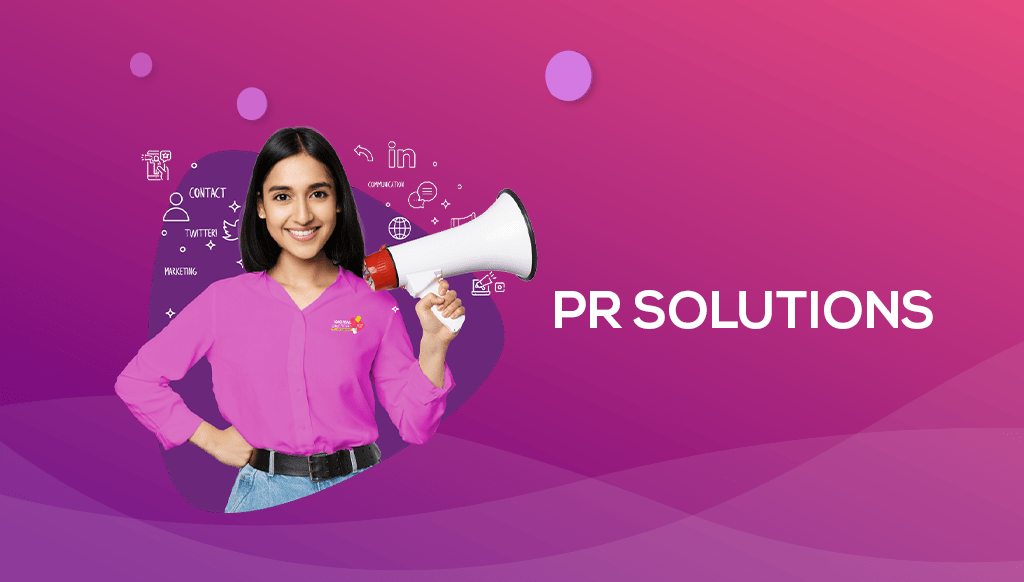
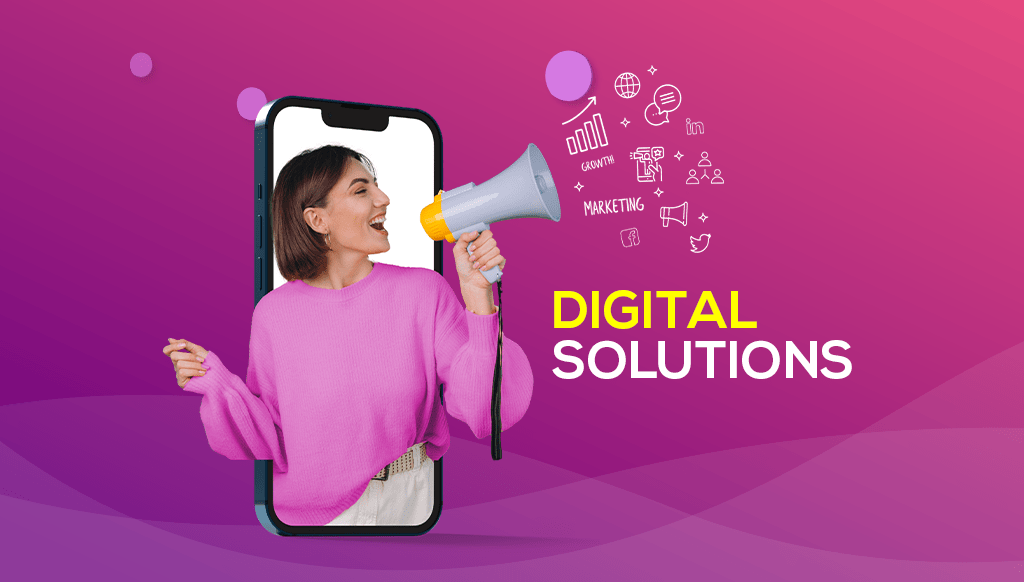
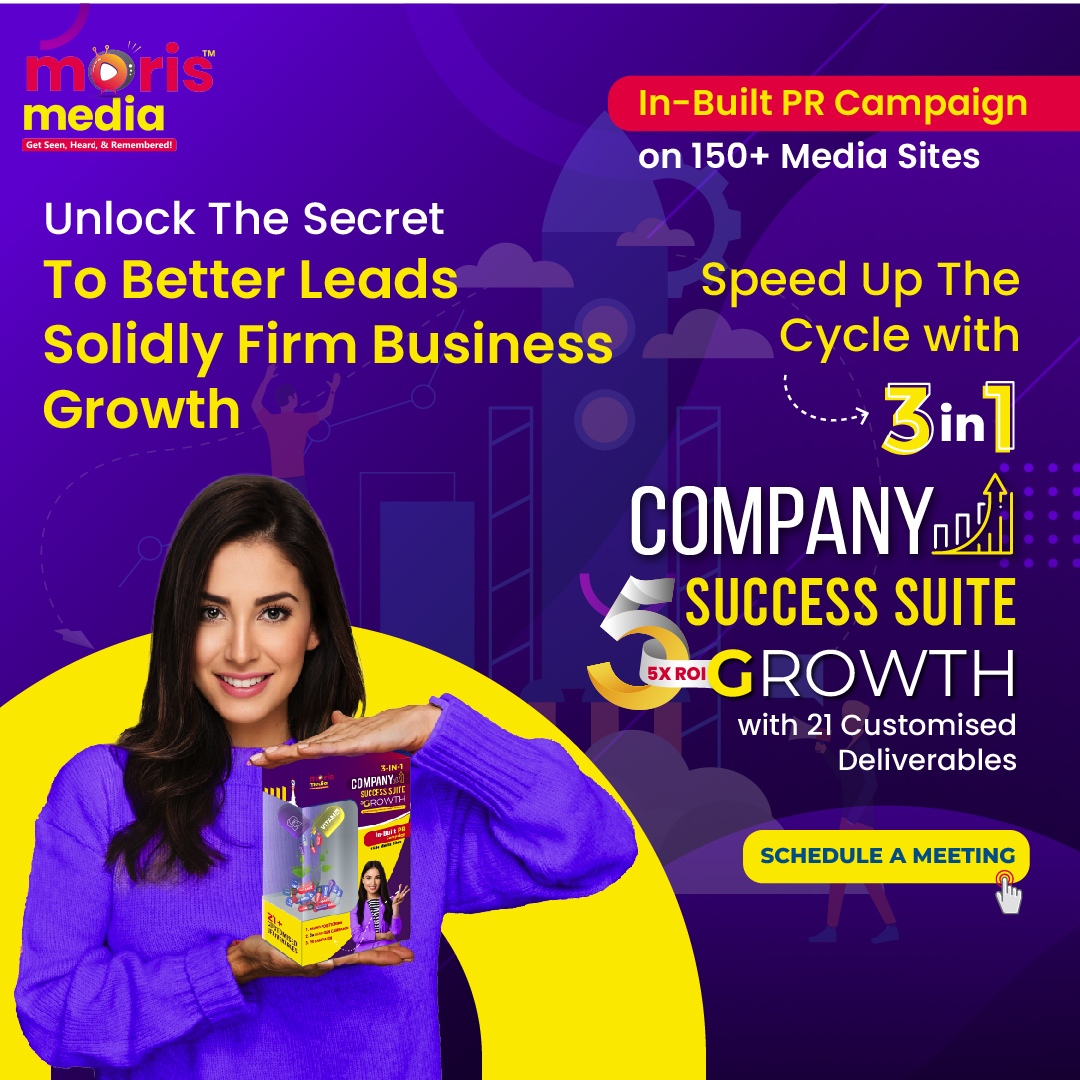
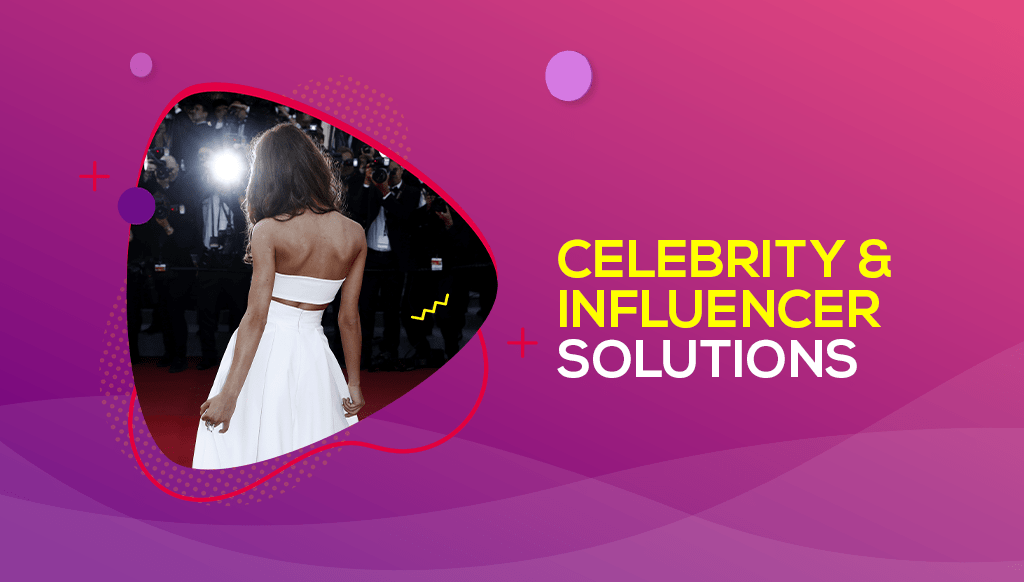
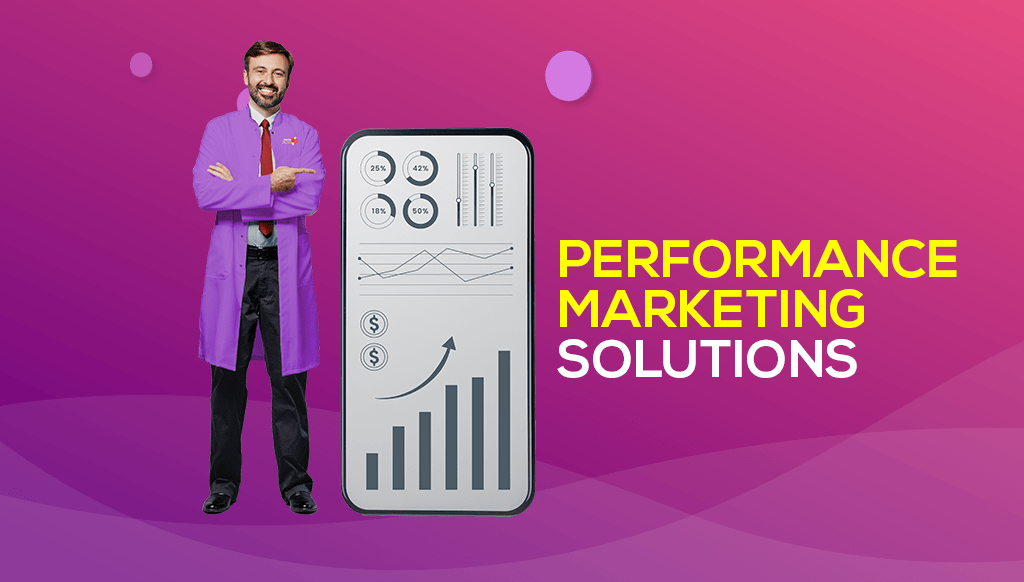
.png?v=1676960503)
